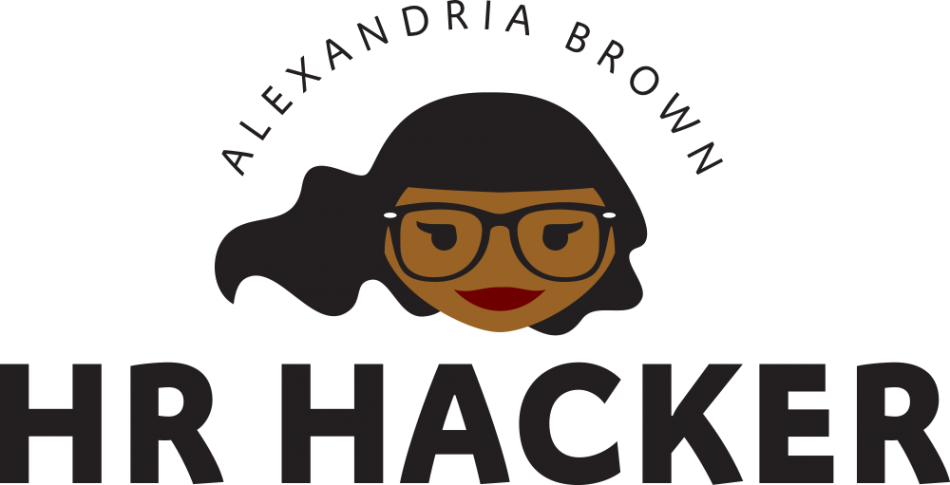Strategic Staffing Series 2- Candidate Sourcing and Your Employment Process Roadmap
Strategic Staffing Series 2- Candidate Sourcing and Your Employment Process Roadmap
Ok-so now that you have defined you HR Plan for the year, it’s time to track down potential talent to fill your open positions. The best way to attack is to create a ROADMAP for your employment process. You should define the flow of the following objectives:
1) Length of time (LOT) you have to source your candidates
2) LOT you have to review resumes (and track applicant data)
3) LOT to pre-screen applicants
a) Will you be conducting phone interviews or in-person pre-screens?
b) How many pre-screens do you have to conduct in order to yield an appropriate number of
potential candidates?
4) Conducting Interviews
5) Candidate assessment period
6) Candidate selection-who will perform candidate reference checks and/or extend a job offer?
7) New hire orientation
Once you have mapped your employment process, it’s time to get down to business. Because I am assuming that most of my readers are seasoned HR and Recruitment professionals, I am going to glide over the candidate selection process. We know that before we post anyone new job posting, we must perform a job analysis and build a job profile. We need to establish what Skills, Knowledge and Abilities (SKAs) and core competencies are required for potential hires (and incumbents) to perform the job duties sufficiently. Ask yourself, will this particular position require any additional education or training in order to be successful? What are the general job functions and responsibilities?
When a finished job profile is complete, spend some time reviewing it with the manager hiring that will be interviewing the candidate after you. Make sure that the job functions/responsibilities, SKAs, educational background required, core competencies et cetera have fully been defined and on par to the hiring manager’s standards. Essentially, that hiring manager will be the person deciding if your candidates will fill for the position they interview for and it’s important to establish what SKA’s and behaviors will be non-negotiable during the candidate selection period.
Now that you have a concrete ideal of what qualities and education your ideal job candidate will possess, it’s time to start looking at what methods you are going to use in your recruiting process. Maybe you work for a large corporation that is extremely well known (cough, cough Apple) so you have an influx of job seekers applying to your open positions on a regular basis. You may frequent local university career fairs to source newly graduates job seekers to fill your entry level positions. Maybe you have seen the value in the candidate sourcing functions available to recruiters on Linked In and will spend a majority of your recruiting hours connecting with passive job seekers. Some of you look to your professional associations and network groups to post open positions for your company. Maybe your company would rather dish out the dollars to a third-party sourcing agency instead of conducting candidate sourcing in-house. Or, if you are old fashioned like me, you will always come back to that old fail-safe of employee and business referrals.
After your ideal job candidate(s) has been sourced, pre-screened, interviewed by your talent acquisition team (or you), and the hiring manager, it will be time to extend a job offer. Be sure to coordinate this process with the hiring manager or your new hire orientation team. There is nothing like finding a job candidate that will make an amazing addition to your company who falls out of the new-hire pipeline because the hiring manager or HR did not keep in touch with the new hire from the time the offer was extended up until their start date!
Time to put that Employment Process to good use! Regardless of what sourcing method you decide to use in your search for top talent, be sure to keep in mind that some methods are more costly and time consuming. This will ultimately affect your Recruitment and/or overall HR budget for the year. Throughout the employment process, make sure you are documenting all recruitment dollars spent and the length of time to fill each position. This will not only keep you on budget, but will help you plan what kind of recruitment budget you will need to future recruiting initiatives.
Happy Sourcing!
Namaste
